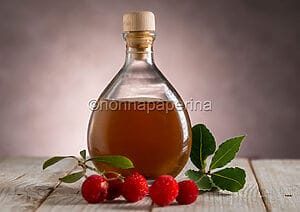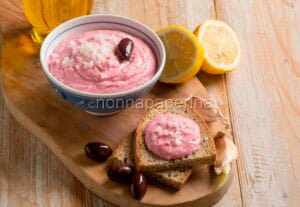
Strawberry tree vinegar, excellent for vegetables and side dishes
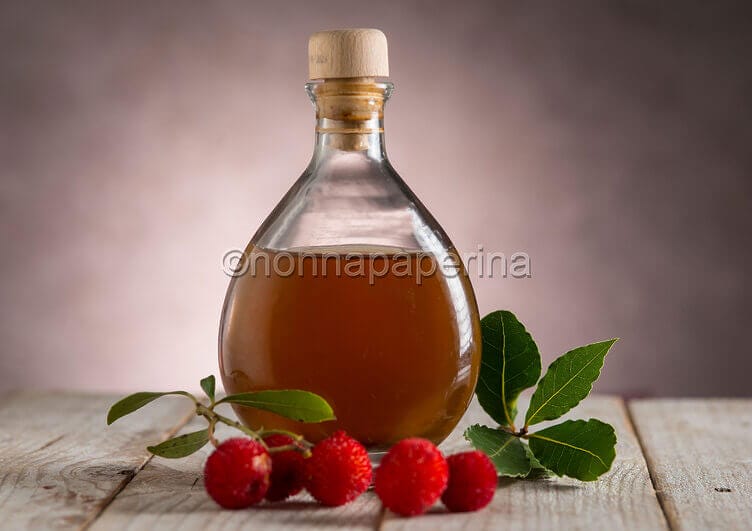
Strawberry tree vinegar: an idea for potential vinegar
Today I suggest strawberry tree vinegar, a recipe that fully belongs to the category of flavoured vinegars. It’s easy to make and yields a lot, both for its colour and taste. Just leave the strawberry trees and aromatic herb to macerate in white wine vinegar, and then filter everything. The vinegar thus takes on part of the flavour of the fruit, which is rather acidic and aromatic.
Since strawberry tree vinegar is a traditional vinegar, it can be used to season both simple and complex side dishes that feature vegetables and greens. Because of its distinct aroma, this kind of vinegar adds flair to food to the extent that it gives it a hint of sweetness and sourness, which goes well with lighter meats. You may also use strawberry tree vinegar to season fruit, maybe in a fruit salad. However, because the vinegar still has a strong flavour, in this instance, the dosages should be kept to a minimum.
Recipe strawberry tree vinegar
Preparation strawberry tree vinegar
To prepare strawberry tree vinegar, follow these simple steps:
- Wash the strawberry tree fruits under tap water; be careful not to crease them.
- Then dry them with a clean cloth, dabbing them gently.
- Transfer the strawberry tree fruits to a well-sterilised and clean glass container. Do the same with the bay leaves.
- Now pour in the white wine vinegar.
- Place in a cool, dry place and seal tightly to rest for approximately one month. The strawberry tree fruits will be allowed to mature and flavour the vinegar in this way. Shake the container nevertheless every two to three days.
- Use a strainer with a small mesh to filter the vinegar after the resting period. Do it again if the vinegar seems hazy.
- Once the vinegar is poured into a bottle, the strawberry tree vinegar is ready to use.
Ingredients strawberry tree vinegar
- 500 ml. of white wine vinegar
- 50 gr. of slightly ripe strawberry trees
- 3 bay leaves.
How to choose the strawberry tree fruit
In order to prepare a good strawberry tree vinegar, it is advisable to choose the fruit carefully. For this type of vinegar, slightly ripe strawberry tree fruits should be used; it’s even better if they are very vibrant in colour. It is only in this case that they will be able to transmit their flavour without being overwhelmed by the white wine vinegar.
The fruit itself has an acidic scent; therefore, people hardly ever eat it raw. Some people believe that allowing it to age will be sufficient to improve its flavour, but if it is too ripe, it will acquire scents that are neutral and not very noticeable. But the strawberry tree fruit makes a great ingredient; in fact, you can use it to make vinegars, liqueurs, jams, jellies, and juices.
The strawberry tree has beneficial nutritional qualities as well. It offers numerous antioxidants in addition to the traditional abundance of vitamins and mineral salts typical of its category. Thus, the leaves are said to be diuretic and astringent.
The contribution of bay leaves to strawberry tree vinegar
Bay leaves are used in the strawberry tree fruit vinegar recipe as well; they are macerated in white wine vinegar alongside the fruit. This is an intriguing innovation that moves towards a noticeable equilibrium. Actually, the flavour of the strawberry tree fruit and the vinegar are both mellowed by the bay leaves, which also impart slightly sweet undertones. The laurel yields notes that lean yellow-green, so there is also a discernible colour impact.
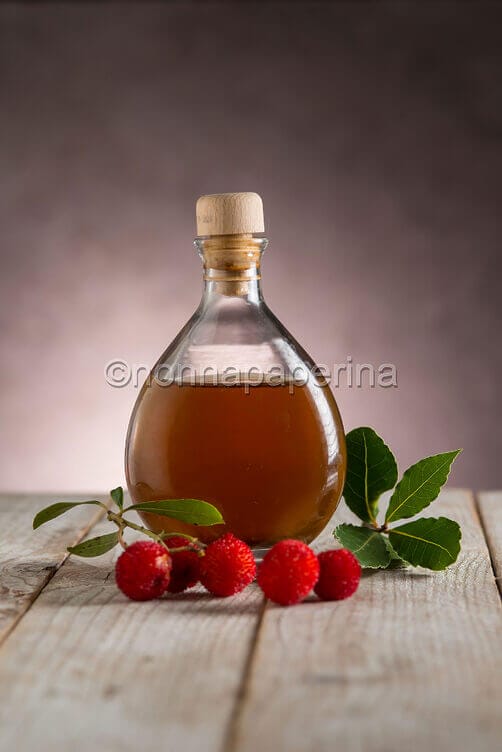
Bay leaves are one of the most precious aromatic plants, to the point of having a role in natural medicine. It is calming and relaxing, even more so than chamomile; furthermore, bay leaves are also a good diuretic, which can be useful in cases of water retention. Finally, bay leaves stimulate the appetite and plays an important role in combating digestive problems such as gastric ulcers and intestinal colic.
Alternatives to strawberry tree vinegar
One of the various ways to add flavour to vinegar is to use strawberry tree fruit, which enhances its flavour, versatility, and value. Strongly acidic fruits and berries can be used to flavour vinegar; this creates a nice, non-reactive alchemy of flavours. You might use raspberries, blackberries, and blueberries in this way. The same is true for flowers, which lighten and balance the vinegar’s acidic flavour.
There are also a lot of vinegars with botanical flavours, with several options available here. You can add some nice bitter notes with rosemary or add some citrus flavour to vinegar with thyme. The same results occur if you use parsley, chives, and sage. The braver ones add mint, which ensures a noticeably fresher vinegar aroma.
How to sterilise containers?
No matter what kind of vinegar you make—strawberry tree vinegar or not—you will need to give container management your whole focus. To stop the growth of bacteria, the containers need to be thoroughly cleaned and sterilised. Since vinegar has a very low level of disinfection, it is better to proceed as though you were making the traditional preserve.
How to sterilise containers? There are numerous methods, but the most common one is boiling. Simply place the container in a high pan filled with water. Then you turn on the heat and wait for it to boil, then cook for half an hour.
Other methods involve the use of an electric oven or even a microwave oven, but if not done correctly, you can risk ruining the containers due to excess heat.
All rights reservedCOULD IT BE INTERESTING FOR YOU
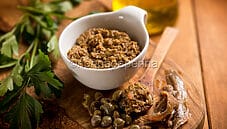
Caper sauce, a special condiment that requires no...
A focus on capers The protagonist of this sauce is obviously capers, a recurring presence in many traditional recipes, especially in southern Italy. Capers are particularly useful as a key component...

Taramosalata, a colourful and aromatic Greek sauce
All the deliciousness of Mullet roe What makes taramosalata unique is that its primary ingredient is mullet roe. It must be noted, nevertheless, that certain Middle Eastern variations—despite...

The noble history of Worcester sauce
Worcestershire Sauce, a concentration of flavour The amount of ingredients in the Worcestershire sauce recipe will definitely surprise you; at first glance, it looks like it has more ingredients...















